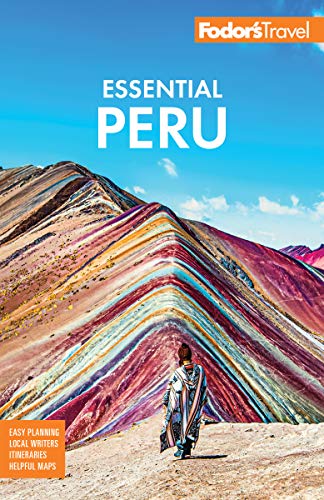Money
Peru's national currency is the nuevo sol (S/). Bills are issued in denominations of 10, 20, 50, 100, and 200 soles. Coins are 1, 5, 10, 20, and 50 céntimos, and 1, 2, and 5 soles. (The 1- and 5-céntimo coins are rarely seen outside supermarkets in Lima.)
You'll want to break larger bills as soon as possible. Souvenir stands, crafts markets, taxi drivers, and other businesses often do not have change for anything larger than S/50. Be aware that many shops and establishments will not want to accept S/200 bills for fear of forgery, even though most ATMs dispense cash in such denominations. In that case, your best bet is breaking them at a bank or a moneychanger. Also be aware that U.S. dollars must be in pristine condition, as moneychangers and banks will not accept a bill with even the slightest tear. Likewise, counterfeiting is a big problem in Peru, and you should check all bills (both dollars and soles) immediately to confirm that they are real. The easiest method is to ensure that the color-changing ink does indeed change colors, from purple to black, and that flipping the bill under a direct source of light makes the small print to the left side of the bill shine. Do not feel uncomfortable scrutinizing bills; you can be sure that any cashier will scrutinize your bills twice as hard.
If you're planning to exchange funds before leaving home, don't wait until the last minute. Banks never have every foreign currency on hand, and it may take as long as a week to order. For the best exchange rates, you're better off waiting until you get to Peru to change dollars into local currency.




